

































































































































































In the last week of June 2017 a proposal was submitted for an art-for-architecture competition. The task, for the mother-and-child health centre Am Rennsteig in Steinheid, Thuringia, is to design the continuous wall of the foyer and cafeteria with a work of art that enables interactive play. The concept entitled Kinderkunst (Children’s Art) provides four visual objects on which children of all ages can create images themselves.
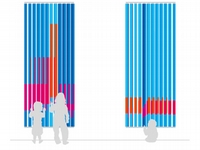
objects in use
17-13-001
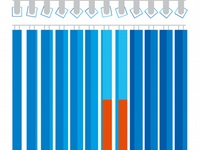
of object 3
17-13-002
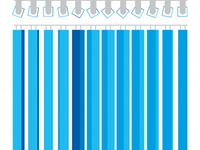
of object 2
17-13-003
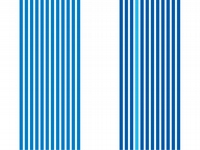
two of the countless
variations
17-13-004
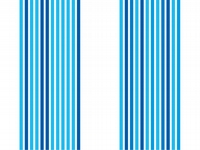
two of the countless
variations
17-13-005
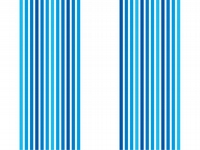
two of the countless
variations
17-13-006
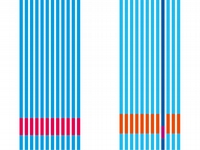
two of the countless
variations
17-13-007
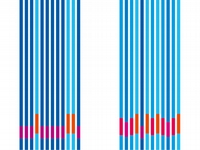
two of the countless
variations
17-13-008
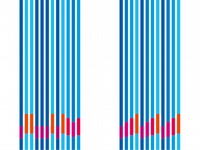
two of the countless
variations
17-13-009
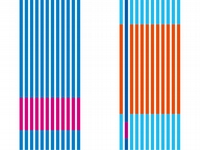
two of the countless
variations
17-13-010
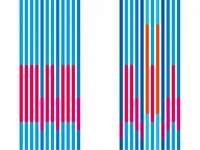
two of the countless
variations
17-13-011
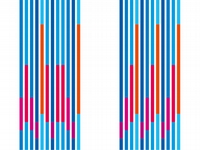
two of the countless
variations
17-13-012
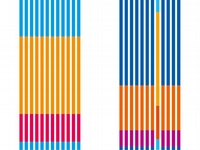
two of the countless
variations
17-13-013
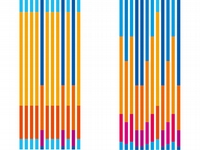
two of the countless
variations
17-13-014
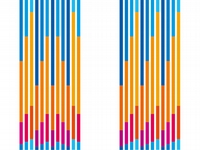
two of the countless
variations
17-13-015
The Kinderkunst concept serves to enhance a common space by means of an aesthetic experience for all those who spend time there: mothers and children. It is the children who create this experience themselves. Not once and for all, but anew, again and again. Thus the space comes to life through change. The only permanent feature is the active and interactive role of the child. The involvement of the child goes on continuously and is passed on to children who are constantly newly arriving. The relationship between mother and child is turned on its head here. Whereas responsibility, care and devotion derive from the mother and are directed to the child, here the children provide the impulses and do something for their own mothers, and beyond that for all the people around them.
The stimulus to activity is so strong that no child can pass by. The coloured, four-sided bars demand to be touched and turned. In this way the children create their own images. Ad hoc! They see an immediate result. The formal language that surrounds them is like piling up building bricks. They children not only create their own images – they continually discover new surprises and visual solutions.
Each bar has four different images (colour arrangements) on its four sides. These images are the same on all twelve bars of an object. When the four-sided bars are placed at right angles to the wall, each individual object provides 16,777,216 different combinations. To this are added divergent effects as soon as the bars are turned. This infinitely increases the number of variations – in the spirit of diversity in unity.
The four visual objects are characterised by increasing complexity. Object 1, the simplest version, welcomes visitors to the foyer. The series continues with objects 2, 3 and 4 in the cafeteria. The turning four-sided bars made from painted aluminium with a protective coating have edges with a length of 5 cm and dominate the space with their height of 230 cm. Their lower end is 20 cm above the floor, thus presenting no obstacle to regular floor cleaning.





























































































































